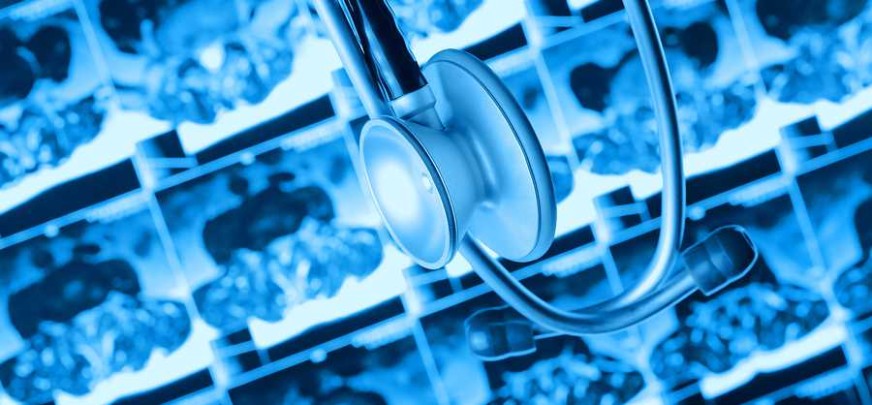
What is a PET scan?
Positron Emission Tomography (PET) is a state-of-the-art imaging tool that allow physicians to pinpoint the location of cancer within the body before making treatment recommendations. The highly sensitive PET scan images the biology of disorders at the molecular level.
A PET scan is very different from an ultrasound, X-ray, MRI or CT scan. A PET scan allows the physician to distinguish between living and dead tissue or between benign and malignant disorders. Since a PET scan images the biology of disorders at the molecular level, it can help the physician detect abnormalities in cellular activity at a very early stage, generally before anatomic changes are visible.
Depending on the type of scan, you may be asked not to eat after midnight before the day of your test. While the scan itself will take approximately one hour, you should plan to spend two to three hours from the beginning to the end of the procedure.
What you can expect during your PET scan
Before the procedure
After registering with our technician you will be taken to a private procedure room. The technologist will perform a quick assessment, explain the PET scan, take your height and weight, and address any questions you may have about the exam. The technologist will then place a small intravenous needle in one of your veins. A very small amount of blood will be taken to test your blood sugar, followed immediately by the injection of glucose with a radioactive tracer. The injection of the radioactive tracer is free from any side effects and is painless. You will then be asked to rest quietly in a reclined position for 60 minutes before the scan. At the end of that time, you will be asked to void (urinate) prior to imaging.
There are no side effects from PET, so you should feel fine afterwards.
During your PET scan
Patients will lie down on a table that passes slowly through the PET scanner, which looks much like a typical CT scanner. The scanner creates an image of your body and metabolic process within organs and organ systems and takes 20 to 30 minutes. The PET scanner has a round gantry similar to a CT scanner, which many patients describe as a big doughnut. You will lie on a bed that will automatically move you through the scanner's gantry (doughnut hole).
After your PET scan
After your PET exam, A radiologist specially trained in interpreting PET scans will read the study and a diagnostic report will be sent to your physician. Patients should drink plenty of fluids to flush the tracer from their system.
Get scheduled
With locations across Northern California, a Dignity Health Advanced Imaging location is just right around the corner. Call our centralized scheduling department to schedule an appointment today.
Locations
Meet our radiologists
You don’t have to look far for a team of specialists dedicated to helping you get back to the things you love. Our Mercy Radiology Group providers are here to lend a helping hand.

